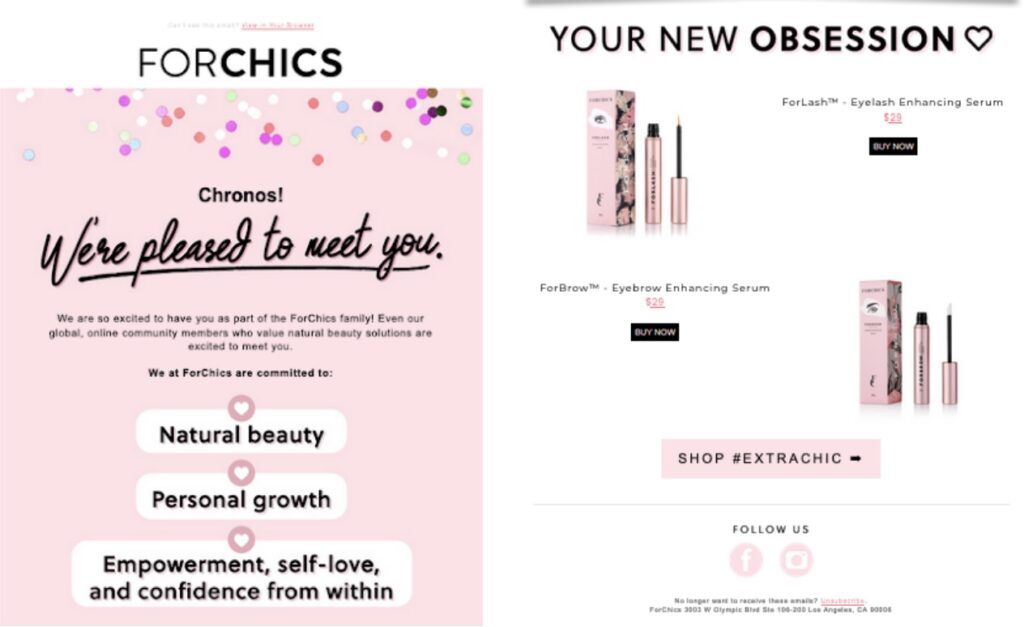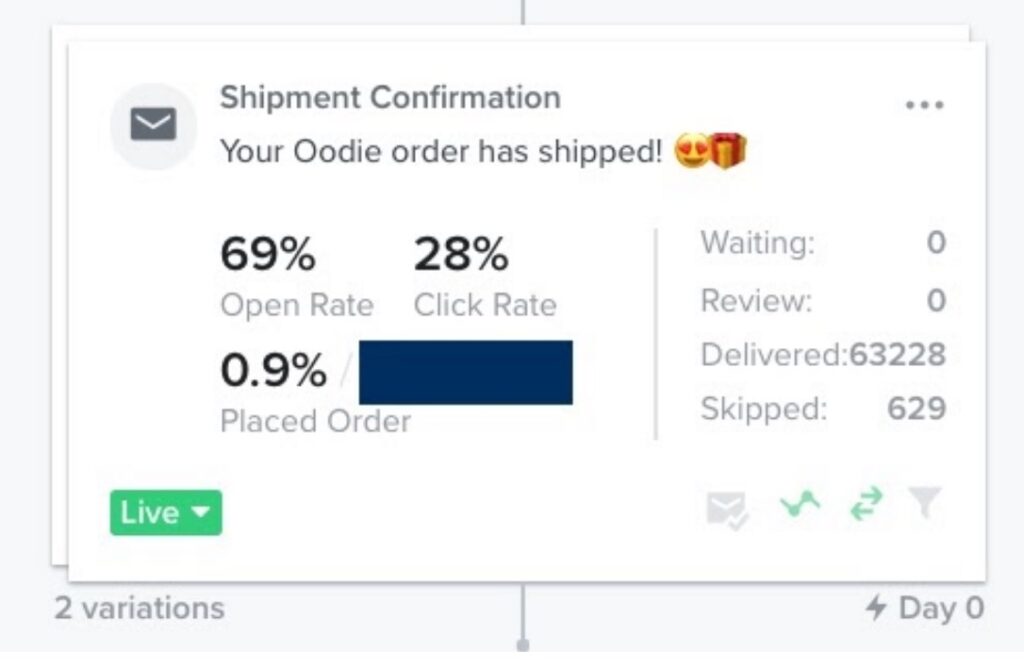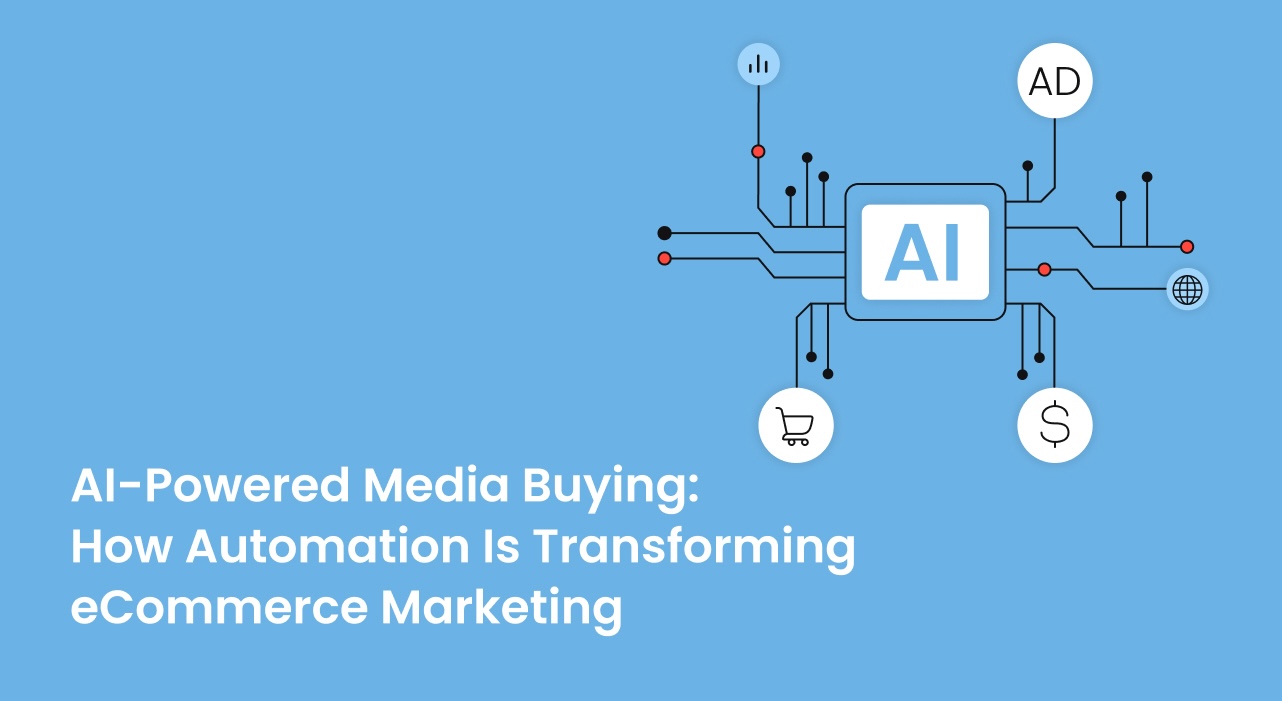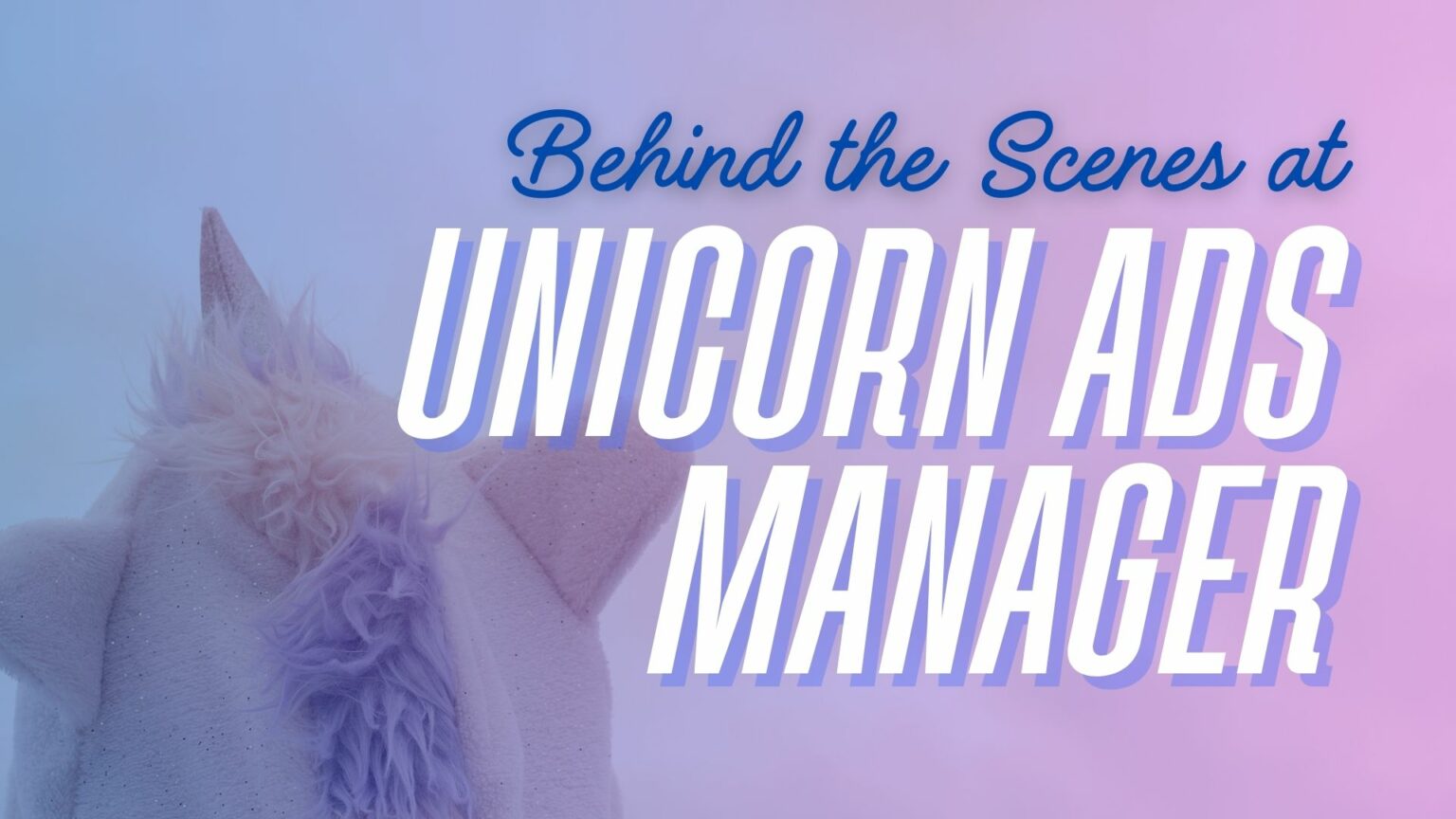
Optimize eCommerce Purchases with an Integrated Email Marketing and Fulfillment System


Generating loads of sales doesn’t mean much if your customers aren't satisfied. After all, customer acquisition is more expensive than retention. But how can you address all of your customers' concerns throughout their journey efficiently? By integrating your email strategy and fulfillment system in a way that optimizes responses to customer needs.
Why Email Marketing and Fulfillment Solutions Should Be Integrated
Your customers’ needs and wants are not confined to their choice of products. They also have their preferences when it comes to their customer experience, including the post-purchase journey.
For starters, check out these numbers:
- 38% of shoppers will never shop again from an eCommerce store if they had a bad delivery experience
- There are 25% of shoppers who canceled an order because it took too long to be delivered
- 53% of online shoppers shared that delivery speed is an important factor they look into before making the final decision on a purchase
Today’s consumers always want to be updated. They want information right away, and this includes information about the status of their order at any given time.
With this in mind, having a clear-cut post-purchase journey is an integral part of increasing customer happiness and reducing your customer churn rate. And there are more benefits to implementing an integrated email marketing and fulfillment strategy:
- Builds up excitement and anticipation. Customers feel happy when there is something to look forward to. Alerts and notifications that the order is on its way are enough to maintain customer interest.
- Reduces buyers’ remorse and refund rates. Did you know that over 50% of customers feel buyer’s remorse? Updates give buyers the assurances they need, as well as a reminder that they made a great decision.
- Establishes trust and brand promise. Connect with your customers and use this as a jumping-off point to turning them into loyal brand advocates.
- Leverages upselling and cross-selling opportunities. When you provide updates on an order’s status, you also create an opportunity to upsell and cross-sell. Email marketing automation even allows you to tailor the recommended products based on their purchase history.
How Seamless Customer Experiences Increase Customer Lifetime Value
By combining your fulfillment and email marketing strategies, you can ensure that your business is truly connecting with your customers. Further, you can increase your customers’ lifetime value as they become repeat customers and your loyal advocates.
Choose a Fulfillment Service that Maximizes Value to Your Customers
Order fulfillment is one of the most critical and underappreciated areas in eCommerce management. You need to be strategic in your operations and choose a fulfillment model that will make the most sense for your business.
That said, customers’ expectations of delivery speed will only increase in 2021 and beyond. This mindset stems from the experience customers get from the likes of Amazon and Walmart. Deliverr even shares some predictions that are not too far from becoming reality:
- Two-day and three-day delivery will see an average increase of 20-30% in conversions compared to standard shipping
- Next-day deliveries will experience double to triple conversions
In other words, speed plays a big role. But it’s not just delivery speed that you have to consider. Your fulfillment process must also be flexible and robust as you scale your business.
For many business owners, managing fulfillment in addition to the other aspects of eCommerce can be overwhelming. This is why a lot of eCommerce stores prefer to outsource fulfillment operations instead of continuing the DIY route.
Establish a Post-Purchase Email Marketing Flow
The post-purchase email flow triggers immediately after a customer places an order. These emails are a combination of transactional and user-generated content that are intended to keep the customer excited.
Here’s a quick rundown of four different types of emails you can include in the flow.
1. Order Confirmation
Send this right away once a customer makes the purchase. Your customers will immediately be looking for this email to verify if they placed their order successfully.
Follow this checklist on the information you need to include in your order confirmation email:
- A short introduction to explain that this email serves as the confirmation
- A recap of the order including product quantity, cost, shipping cost, and the total cost
- Information on what will happen next and what the customer should expect
- Mention that you’ll send a separate email with their order’s tracking details. This will really get them excited!
- If it’s their first-ever purchase, look into adding a coupon for their next purchase.
Customers generally get excited about these types of emails. One order confirmation email we helped a client design, for example, earned a 73% open rate. By using a coupon code, we maximized the open rates with a 12% click rate and a 1.2% placed order rate.

2. Brand Promise + Coupon Code
This usually follows the order confirmation email for those customers who purchased for the very first time.
While they’re waiting for their order to arrive, take the opportunity to introduce your brand. Welcome them into the community and truly connect with them. While you’re at it, include a coupon to encourage a repeat purchase.

3. Shipping Information
Shipping information is something every customer looks forward to! Make sure to mention any possible delays that may occur. For example, during the start of the COVID-19 pandemic, a lot of post-purchase emails already had disclaimers that deliveries might take longer than usual.
You don’t want to under-deliver on your customers’ expectations, so make sure that your fulfillment schedules and your email content match. Another benefit of fulfillment systems that are consistently fast and on schedule is that you don’t have to worry (as much) about impatient customers.

Here’s an example of a top-performing Shipping Information email from The Oodie, which actually got a 28% click rate.

4. Request for Feedback and User-Generated Content
A few days after the customers receive their order, make your way back to their inboxes by asking them for a review. While not all customers take the time to do this, this type of email is also a great opportunity to upsell or cross-sell.
How? Include user-generated content (UGC) like reviews or videos or posts from social media. If they don’t leave a review, there’s still a chance for them to see something they’d like. After all, 79% of people have said that UGC highly impacts their purchase decisions.
Another strategy is offering a coupon in exchange for a review. Not only will you get a review, but you’ll also have repeat orders coming up.
Combining fast fulfillment services with a tailored email marketing strategy is crucial for growing your eCommerce business.
You’ll keep your customers happy, and you’re also opening up more touchpoints for repeat purchases. Not sure where to start integrating your email and fulfillment systems? Sign up for a free strategy session with an email marketing expert to learn more!

